How to Construct a Deer Battery
So Shaman, exactly how many deer rifles do you need?
If I said just one, this would be a really short post. In a way you do only need one. As I’ve written many times before, just about anything can kill a whitetail– certainly any modern centerfire rifle. Okay, maybe a 22 Hornet is a bit of a stunt, but nowadays nobody is pooh-poohing a 223 REM. On the top end, I know that 45-70 is very popular in states like Ohio. Between them is a pretty wide range.
So why do you have so many deer rifles?
This is the question that gets really touchy around our house at times. About a decade ago, KYHillChick started asking this very question. Mind you, she does not mind me hunting. At first, it was just a casual curiosity on her part. As I continued to fill my rack, she became more interested. What I am going to give you is the same answer I would be giving her.
In the beginning, you need a rifle that covers all the bases. In my part of the world, that would be a 30-06 bolt gun. With a 3-9X scope and some 165-grain bullets, that pretty much covers it all and then some. There really is no game on the North American Continent that requires more, except perhaps the largest bears.
There. End of story.
But there ends up being more to it than that. Take my situation; I grew up in Ohio. Ohio was a shotgun-only state when I started out. As a result, I needed a slug gun. Adding a 12 GA slug barrel to my Remington 1100 was enough. When I went to Kentucky which is an anything-goes kind of state, I’d bring both. A 30-06 and a 12 GA slug gun gave me a primary rifle and a backup. That is important. You need a backup gun. More on that later.
It would have stayed like that, but after I got the farm, I started thinking. That can be a dangerous thing in this line of endeavor. Rather than just buying whatever comes past my nose, I studied up on things. Somewhere along the way, I became convinced that I needed the ability to reach out and nail a deer at a distance. Mind you, I had done most of my deer hunting off the ground or out of a treestand up until this point. My longest shot at a deer had been something under 20 yards. However, I theorized that since I now had pastures that extended for over 200 yards. It would be a good idea to set up for those shots. In my case, I bought a Marlin 336 in 30-30 and recalibrated my 30-06 to shoot longer distances. Did I need the 30-30? I had a 12 GA slug gun. It was fine out to 50-60 yards. I had this vision that I would use the 30-30 for the deep woods treestands and the days I was schlepping on the ground, and the 30-06 would be my long-distance rifle for shots when I was posting at the edges of pastures.
The 30-30 was just not what I imagined. So I bought a Savage 99 in 308 WIN for treestand work. That afforded me a really good close-in alternative. I gave the 30-30 to the kids for their Yute rifle. You need a rifle with a short stock for younger shooters, and it also helped to have a short stock for those late winter hunts when I was piling on a lot of layers. There, now there’s another differentiation! Remember that you need a late-season and an early-season rifle.
Next came weather-related issues. I had nice deer rifles now that had nice wooden stocks. Some of these were nice enough that I didn’t want to take them out in the elements. What I needed was a rain gun. As it happened, I had acquired a Rem 7600 in 35 Whelen, and one of its first trips out it had seen a toad-strangler of a cloudburst. It was a used gun and the stock was less than minty. That became my designated rain gun for years. You need a rifle that you won’t worry about taking it out in the worst weather. Now if you’d been smart and bought an all-weather 30-06 in stainless with a Tupperware stock that would have been it. However, this is not about how to get away with the least number of rifles.
Now we get to the more subtle aspects of this whole concept of need.
Yes, the Savage 99 can back up the 30-06 bolt gun. The 12 Ga slug gun can back up anything in the cedar thickets, but what about those holes in your battery? Holes? Well, if you’ve ever looked at your gun collection, you notice that there are just natural slots. Take a typical 4 gun battery:
30-06 on the top end
223 REM on the bottom end
A 12 GA for most everything else
A 22 LR for plinking
There’s a hole between 30-06 and 223 REM. Look closely. You’ll see it. It’s somewhere right in the middle. Take .308 and subtract .223. Half the difference and what have you got? 0.2655. That number starts you thinking. Does that mean I need a 257 Roberts or a 6.5 Creedmore? The more you try to get the problem out of your mind, the more it grows. Finally, you can’t stand it anymore. For me, it was a 25-06. But then I started seeing a hole between my 30-06 and my 35 Whelen and suddenly POOF, there was an 8X57 Mauser in my possession.
The other day, I had a person I respect make a very good case for owning a .22 Hornet as being kind of half-way between a 22LR and .223REM. Of course, this wasn’t about deer. It was about groundhogs and such, but you can see where there are all sorts of ways this idea of holes in your battery end up working. Yes, buying a 7mm-08 fills a hole between a 25-06 and a 30-06, but it now opens up holes on both sides. It can go on like that, and eventually, the doctors put you on medication that alleviates the problem for the most part.
By the time your shelves are full, by the time your wife threatens to leave you, and the doctors are discussing your dosage, You have compiled a dizzying list of axes on which to place each one of your deer rifles.
1) Type of venue
2) Late or early season
3) State restrictions (shotgun only/ PCR/ or anything goes)
4) Backup effectiveness
5) Weather considerations
. . . and so on.
However, you know. You know in your heart that one deer rifle could probably do it all. You’re in control. You can stop at any time.
This post has already been read 368 times!
Views: 2
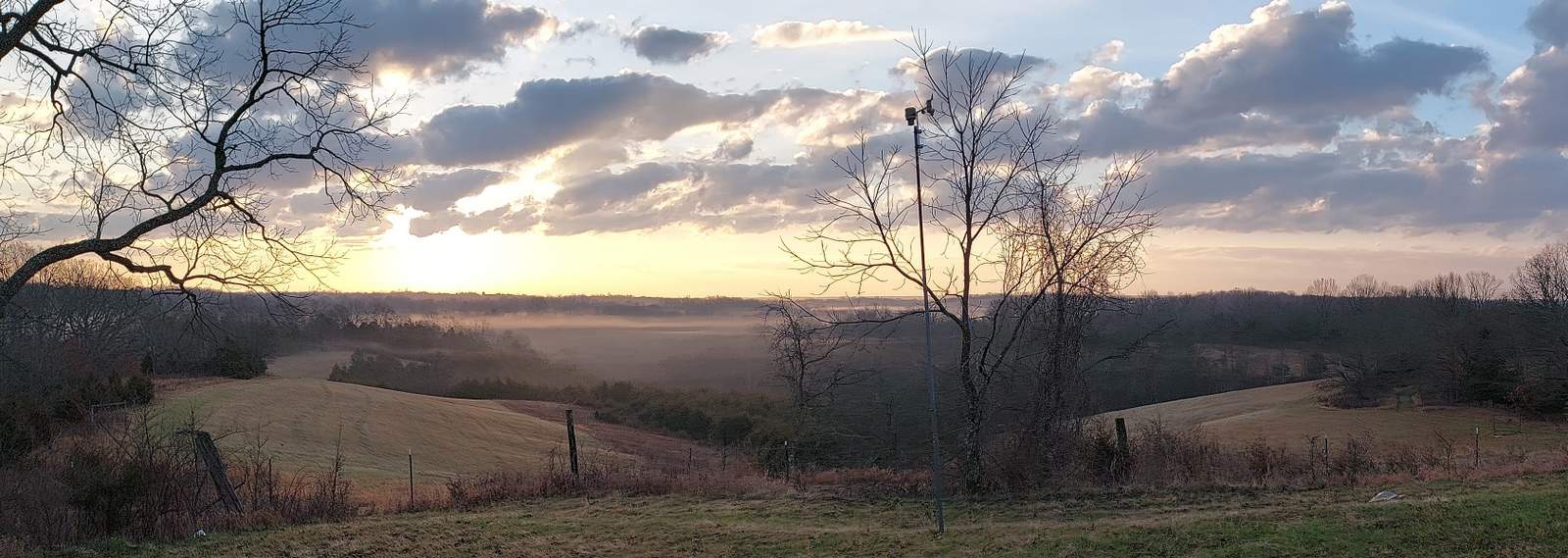
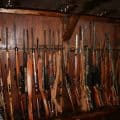
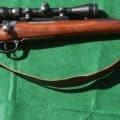


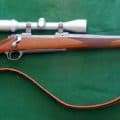

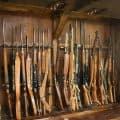

Comments
How to Construct a Deer Battery — No Comments
HTML tags allowed in your comment: <a href="" title=""> <abbr title=""> <acronym title=""> <b> <blockquote cite=""> <cite> <code> <del datetime=""> <em> <i> <q cite=""> <s> <strike> <strong>